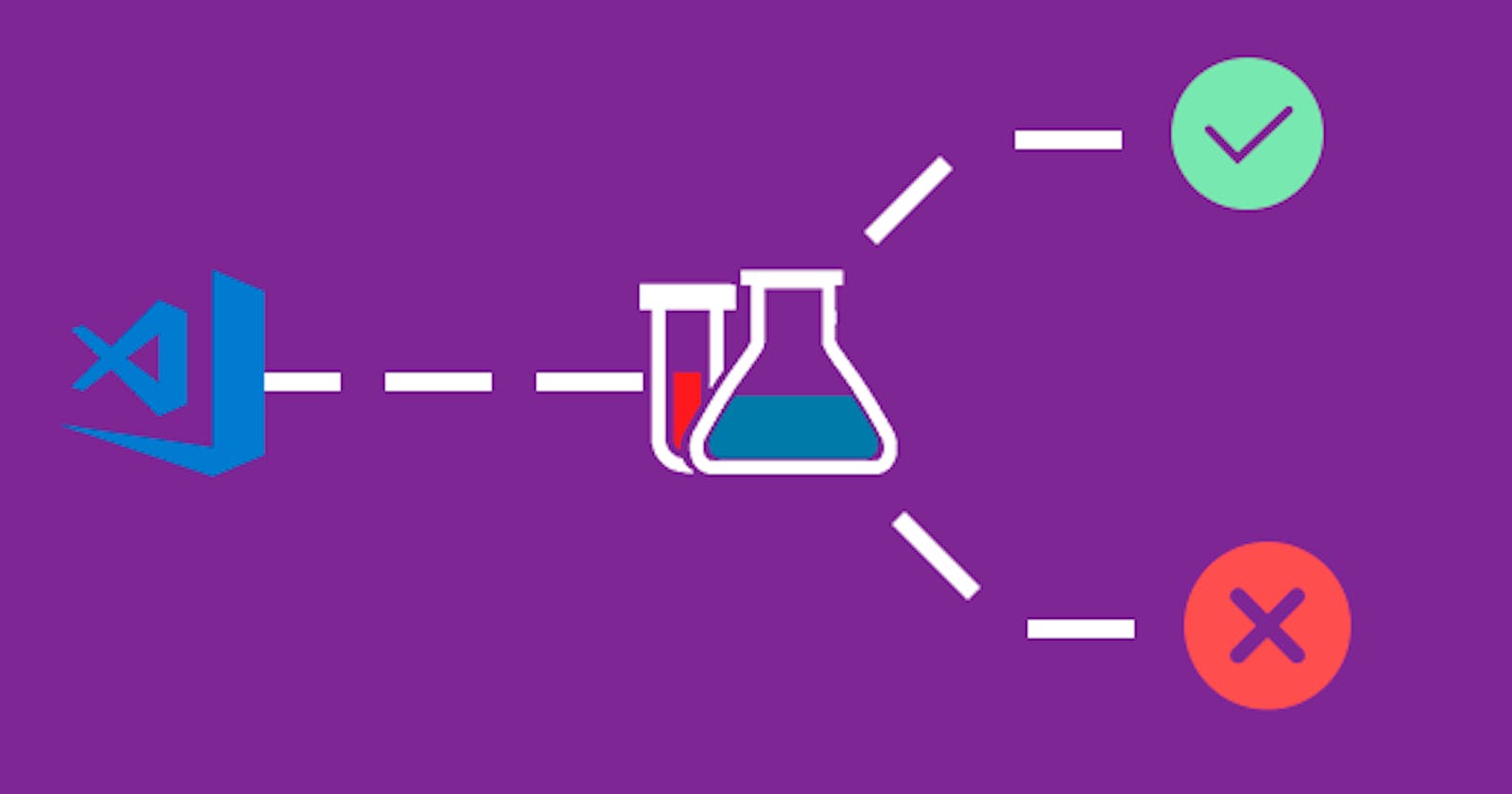One of the features of FakeItEasy is the ability to specify constraints on arguments passed to mocked methods. This can be useful for testing specific scenarios or edge cases in your code.
Using Argument Constraints
To use argument constraints with FakeItEasy, you will first need to create a mock of the class or interface you want to test. Once you have your mock, you can use the A.CallTo() method to specify constraints on the arguments passed to a particular method.
For example, let's say we have a class called Calculator with a method called Add that takes two integers as arguments and returns their sum. We can create a mock of this class and use argument constraints to test that the Add method is called with specific arguments.
var calculator = A.Fake<Calculator>();
A.CallTo(() => calculator.Add(A<int>.That.IsEqualTo(2), A<int>.That.IsEqualTo(3))).Returns(5);
var result = calculator.Add(2, 3);
Assert.AreEqual(5, result);
In this example, we are using the IsEqualTo constraint to specify that the Add method should be called with the arguments 2 and 3. If the method is called with any other arguments, the constraint will not be met and the test will fail.
Available Constraints
FakeItEasy provides a number of different constraints that can be used to specify the arguments passed to a mocked method. Some of the most commonly used constraints include:
IsEqualTo: checks that the argument is equal to a specific valueIsSameAs: checks that the argument is the same object as a specific valueIsNotNull: checks that the argument is not nullIsNull: checks that the argument is null
For more, you can check the official documentation article about the Argument Constraints
Conclusion
Argument constraints are a powerful feature of FakeItEasy that can be used to test specific scenarios or edge cases in your code. By specifying constraints on the arguments passed to mocked methods, you can ensure that your tests are more precise and less prone to false positives. With a variety of available constraints and the ability to combine them in a single call, developers can test almost any edge cases they might want to.
